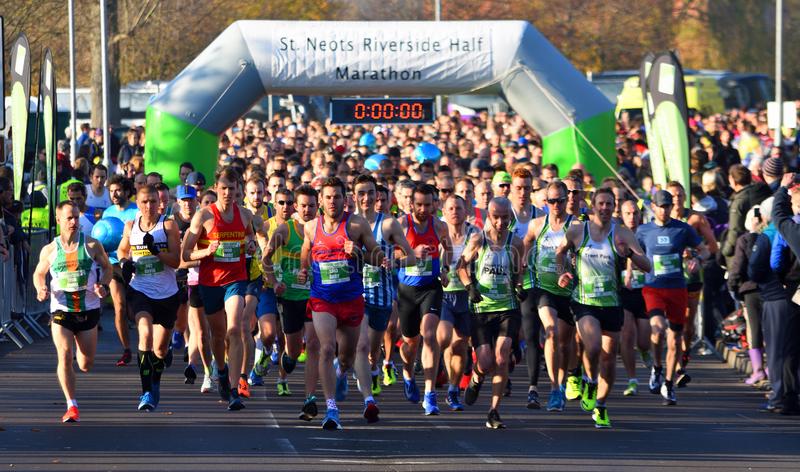Long Run Mistakes
Not Testing and Iterating
Each long run should be viewed as a dress rehearsal for the marathon itself.
It’s a chance to create your habits and test your gear and nutrition.
Wear the things you think you’ll wear on race day, see if they feel the way you want them to. Change accordingly.
Eat the breakfast you think you’ll eat on race day, see if you feel the way you want to feel. Change accordingly.
See the pattern?
One of the biggest long run mistakes you can make is not testing and iterating to find the right combination of food, fuel, pacing, clothing, and mental prep to lead you to race day success.
Do: Test and change what didn’t work.
Ignoring Pre-Long Run Nutrition
You don’t need to do the full on, three-day carbo load before every long run, but in the day before a long run you should pay extra attention to your diet. Eat a few more carbs than you would on a normal day, avoid excess fiber.
The morning of the long run, have breakfast. You’ll need to have some fuel in the tank to power you through the long run. Even if you usually don’t eat breakfast, eating something. It doesn’t need to be a feast. Try peanut butter toast or oatmeal. Add in a banana.
A peanut butter and honey sandwich has been my go-to for years.
Try a few things out now to see what works for you and your tummy.
Do: Eat well the night before
Do: Eat (at least some) breakfast
Not Fueling Or Hydrating During The Run
A common long run mistake is not carrying your own water and fuel. You can’t run 15 or 20 miles without some type of fuel and hydration.
Some runners complain it isn’t convenient to carry water. I’d counter with dehydration or bonking isn’t terribly convenient either.
There are so many ways to carry fuel and water these days, there is one that works for you.
At the absolute least:
- Carry cash in case you need to pop into a grocery store to buy water.
- Make sure the course you are doing has functional water fountains. In California, thanks to our drought, many have been turned off. That can be a rude surprise if you need those fountains for hydration.
Do: Carry water and fuel
Running Too Fast
Long runs should be slow runs.
Many training plans refer to them as LSD – Long, Slow Distance runs (insert drug joke here). The purpose of these runs is to build endurance. This is not the time or place to work on speed.
The common wisdom is that your long run pace should be 1-1:30 minutes slower than your expected race pace.
Long run pace is sometimes called your ‘conversational pace.’ You should be able to comfortably carry on a conversation during your long run.
This will likely feel slow.
For everyday runs, it’s OK if you run with a buddy or a group that runs a touch fast for you. It’s good to push yourself a bit. But for long runs, that’s not OK. Find a group that will go the right speed.
Do: Go slow
Long Run Mileage Issues
Long run mileage can be an issue in several different ways.
Too Long Too Soon
Your long runs need to be long, but not too long (at least too soon). The common wisdom is to not increase your mileage more than 20% each week. This usually translates to no more than a mile or two longer each week.
Starting a marathon training program and immediately doing mileage or 15 or 18 miles before your body is ready, is a recipe for injury and burnout.
Making It Up
Going too long can also happen if you try to ‘make up’ lost miles.
If you are sick or can’t run one week, don’t try to add in those extra miles into your next week of running. Stick to your plan.
Not Taking an Occasional Step Back
Marathon training plans should have an occasional step back week in training when mileage is slightly decreased.
In the program I use, every third week decreases overall mileage around 25%. These step back weeks prevent overtraining and let your body and muscles recover and adapt.
There is little to be gained (except overuse injuries) by continually pushing your limits week after week.
Do: Increase mileage gradually, and occasionally step back
Do: Develop a responsible training plan with a certified coach or running club to ensure you don’t go too far too fast.
Not Refueling Post-Run
This is my #1 long run sin: not refueling properly after you are done.
I usually get focused on doing post-run stretching, driving home and getting the shower I forget to eat. Not good.
As you run, your glycogen stores are diminished. Refilling these stores is critical to keeping your muscles happy and feeling human again ASAP.
About 30 minutes after you finish a long run (and any hard run) you should eat a small meal consisting of about 1/3 protein and 2/3 carbohydrates. Think fruit and tuna sandwich, or a hard-boiled egg and whole-wheat toast.
Do: Eat something post-run.
Being A Slug For Rest Of The Day
Ok, I’ll confess to this one too.
It’s tempting to sit on the couch the rest of the day after doing a long run. Why not? You’ve run 20 miles, isn’t that enough exercise for one day?
But if you play couch potato for the rest of the day, your muscles will tighten up and you’ll barely be able to move the next day.
Keep moving for the rest of day. I’m not talking serious exercise here. Take a walk around the neighborhood or an easy bike ride will do the trick.
Do: Keep moving. Tomorrow morning, you’ll be glad you did.
Disclaimer:
This post contains affiliate links which means I may receive a small commission if you purchase using that link at no extra cost to you. and if you do, I appreciate you!




